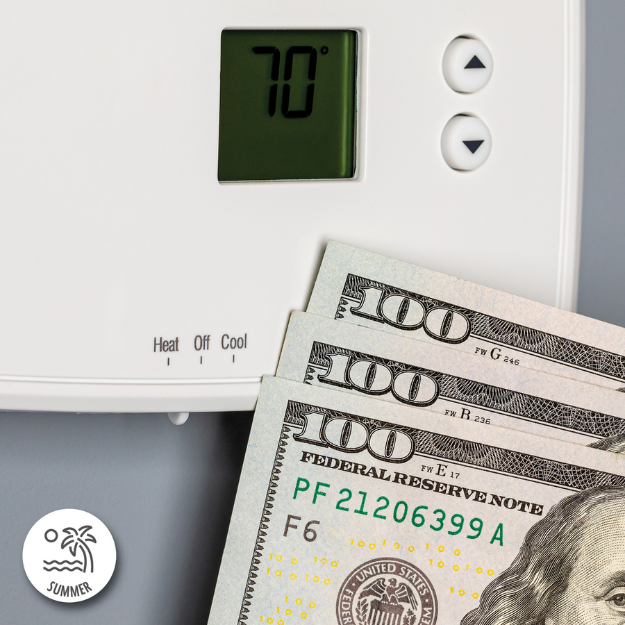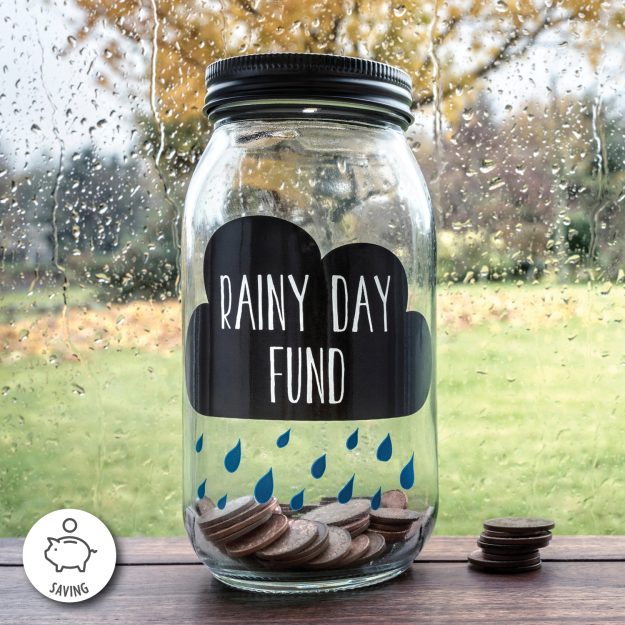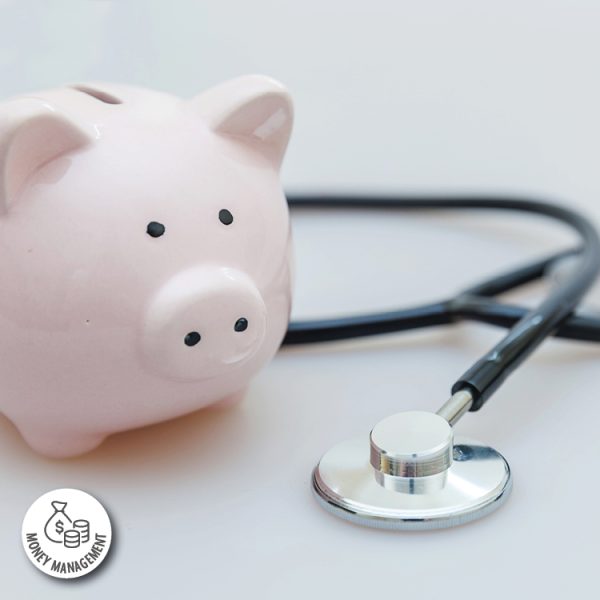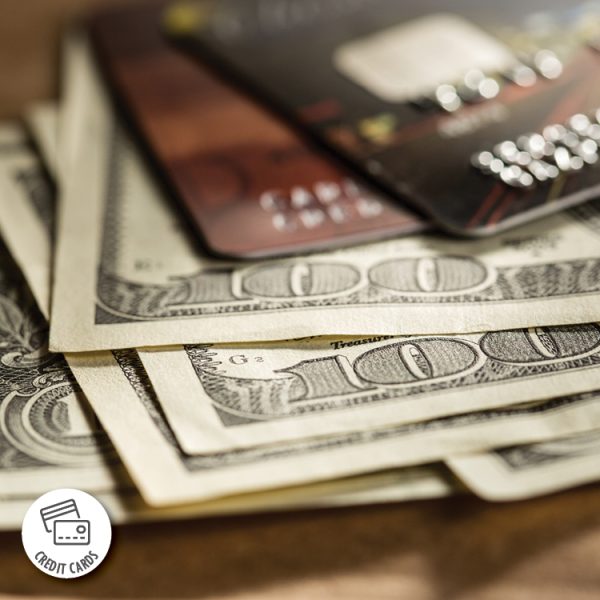How Can I Save on Energy Costs This Summer?
Q: Summer’s here, and my energy bill is burning right through my budget! How can I save on energy costs?
A: It’s hot out, but you can keep your cool with our energy-saving tips! Follow these hacks to save on energy costs this summer.
Have your HVAC system professionally inspected
First, you’ll want to make sure your home is being cooled efficiently. You can do this yourself, but it may be worth hiring a professional to check your HVAC system for leaks and other problems.
Use your AC efficiently
Don’t waste any of that cold air! In addition to regular maintenance, ensure you’re using your AC system as efficiently as possible. Avoid placing lamps or large TV screens near your thermostat, clean your air intake vents regularly and keep doors and windows closed when running the AC.
Get smart
If you haven’t already done so, consider using smart technology to keep your home cool and your costs down. Connecting your thermostat to a mobile device will enable you to control it from a distance and avoid cooling an empty home. You can also use smart technology to set your thermostat on a schedule that suits your family’s needs.
Get grilling
Your oven and stovetop can heat up much more than your food this summer. Make it a habit to take your cooking outside and keep your home cooler.
Time your chores
Using large appliances, like a washing machine and dishwasher, can add extra heat to your home, especially if you live in a small space. Use these machines after dark, when it’s generally cooler.
Use appliances efficiently
- Only wash full loads of laundry. If possible, use cold water.
- Use glass pans in the oven when possible since they retain heat better and can shorten cooking time.
- Use appropriately sized pots and pans on your burners.
- Only run your dishwasher when it’s full.
- Unplug small and medium-sized appliances when not in use.
Use these tips to learn how to save on energy costs this season so you can keep your cool, and your budget, too.




















